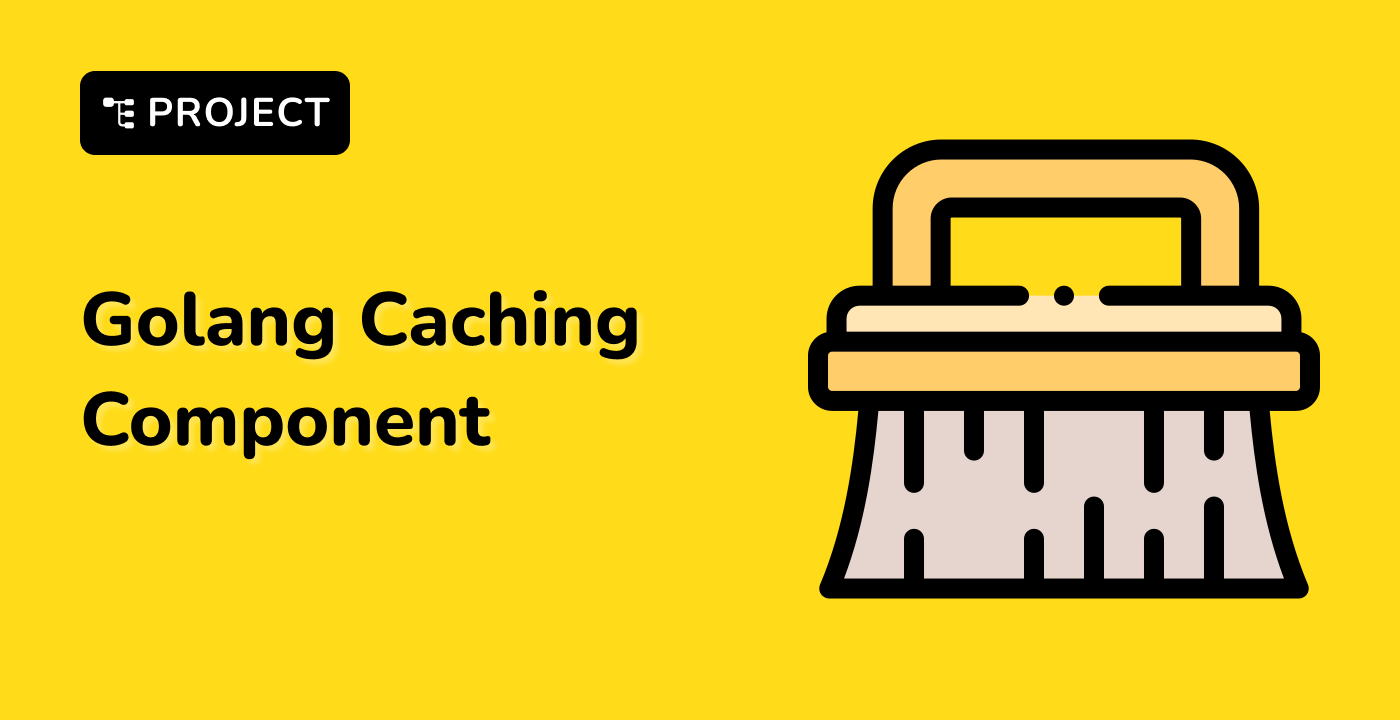Efficient Map Traversal
Map traversal in Golang requires careful consideration of performance and memory management. This section explores techniques to optimize map iteration and processing.
Predetermining Map Size
Capacity Initialization
// Preallocate map capacity to reduce memory reallocation
initialSize := 1000
userScores := make(map[string]int, initialSize)
Parallel Map Processing
Concurrent Map Iteration
func processMapConcurrently(scores map[string]int) {
var wg sync.WaitGroup
for name, score := range scores {
wg.Add(1)
go func(n string, s int) {
defer wg.Done()
// Concurrent processing logic
fmt.Printf("Processing %s: %d\n", n, s)
}(name, score)
}
wg.Wait()
}
| Iteration Method |
Time Complexity |
Memory Overhead |
| Standard Range |
O(n) |
Low |
| Concurrent |
O(log n) |
Moderate |
| Filtered |
O(n) |
Low |
Efficient Filtering Techniques
Functional-Style Filtering
func filterMap(scores map[string]int, threshold int) map[string]int {
filtered := make(map[string]int)
for name, score := range scores {
if score > threshold {
filtered[name] = score
}
}
return filtered
}
Memory Management
graph TD
A[Map Traversal] --> B{Allocation Strategy}
B --> C[Preallocate Capacity]
B --> D[Dynamic Resizing]
C --> E[Reduced Reallocation]
D --> F[Flexible Memory Use]
Advanced Traversal Patterns
Slice Conversion for Sorting
func sortMapByValues(scores map[string]int) []string {
keys := make([]string, 0, len(scores))
for k := range scores {
keys = append(keys, k)
}
sort.Slice(keys, func(i, j int) bool {
return scores[keys[i]] > scores[keys[j]]
})
return keys
}
Synchronization Considerations
Thread-Safe Map Operations
type SafeMap struct {
sync.RWMutex
data map[string]int
}
func (m *SafeMap) Set(key string, value int) {
m.Lock()
defer m.Unlock()
m.data[key] = value
}
- Use
testing.B for precise measurements
- Compare different iteration strategies
- Profile memory allocation
LabEx Recommendation
LabEx provides advanced Golang environments to experiment with and benchmark different map traversal techniques, helping developers optimize their code effectively.
Best Practices
- Initialize map with expected capacity
- Use concurrent processing for large maps
- Minimize memory reallocations
- Implement thread-safe access when needed
Choosing the right traversal method depends on:
- Map size
- Processing complexity
- Concurrency requirements
- Memory constraints




